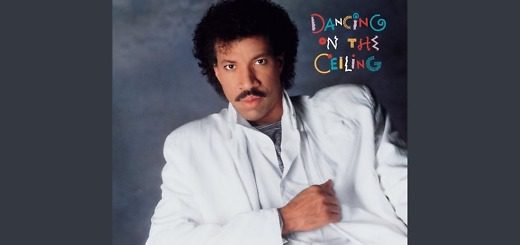Ice Ice Baby
Twenty years ago today, Vanilla Ice’s “Ice Ice Baby” became the first rap song to hit number 1 on Billboard‘s Hot 100 chart. Some would classify Blondie’s “Rapture” as this, since it has a rap segment in it, but in terms of an artist defined as a rap artist performing a song that is predominantly done as a rap song, “Ice Ice Baby” would be the first.
The kicker here is that, but for a sales and marketing strategy on the part of Capitol records, Vanilla Ice likely would not have been first. That distinction would have gone to MC Hammer a few months earlier with “U Can’t Touch This.” Ultimately, “U Can’t Touch This” peaked at number 8. However, a look at its chart performance suggests that it could have easily gone to number 1. Specifically, in compiling the Hot 100, Billboard also compiled lists that appeared in the magazine that showed the top 40 on the Sales side and the top 40 on the airplay side. Sales and airplay totals, including but also involving more than just the Top 40, were combined to determine the final Hot 100 chart using a formula that the chart staff had developed. Routinely, hit rap songs would dominate on the sales side, often reigning as the top sales single for weeks, but barely cracking or not even making the top 40 on the airplay side. When “U Can’t Touch This” came along, though, it went all the way to the top of the airplay side while the single was working its way up the sales chart. If the single followed the history of rap songs, “U Can’t Touch This” was a shoo-in to top or nearly top the sales chart, meaning that it would go to number 1 on the overall Top 100, as both the top airplay single and the top sales single.
A funny thing happened, though, on the single’s way up the sales chart. Capitol decided that in an effort to promote the song’s album–Please Hammer, Don’t Hurt ’em (which would go on top the album chart for 21 weeks)–it would stop producing and selling the single, except on the 12″ format for dance clubs. In other words, most consumers would not have the opportunity to buy the single, so, the record executives hoped, they would buy the album instead, which many did. So, just as “U Can’t Touch This” was hitting the top 10 on the overall Hot 100, its sales figures dramatically declined, and what probably would have been a number 1 single ended up peaking at number 8.
Several months later, “Ice Ice Baby” would gain the distinction that might have belonged to “U Can’t Touch This.”  Of additional interest, though: SBK Records (a sister company to Capitol under the Capitol-EMI umbrella) chose, as Capitol had with “U Can’t Touch This,” to stop singles sales for “Ice Ice Baby.” However, the single was not pulled from the shelves until the week it was hitting the top of the Hot 100. Thus, while it meant only one week atop the chart for the song and a rather precipitous fall down the chart after that, the timing of decision allowed “Ice Ice Baby” to make it to the top and become the first rap single to do so.
While this was a sales and marketing decision, I personally have also always wondered the extent to which race may have affected this turn of events. Regardless of the degree of conscious motivation, in the end, because of maketing decisions by the record conglomerate, a white man ended up with the first rap song to go to number 1, while a black man’s chance was denied just a few months earlier. This echoes a history of race relations that have dominated the popular music industry, as white artists have gained notoreity by appropriating black songs and musical styles, while black artists have historically often been relegated to a whole different distribution model and a different set of charts that were once called the “Race Records” chart and, between the time “U Can’t Touch This” hit the charts and the time “Ice Ice Baby” topped the charts, changed names from the “Hot Black Singles” chart to the “Hot R&B Singles” chart.





